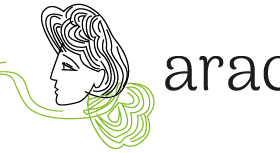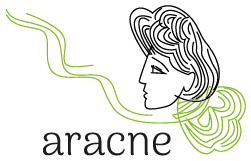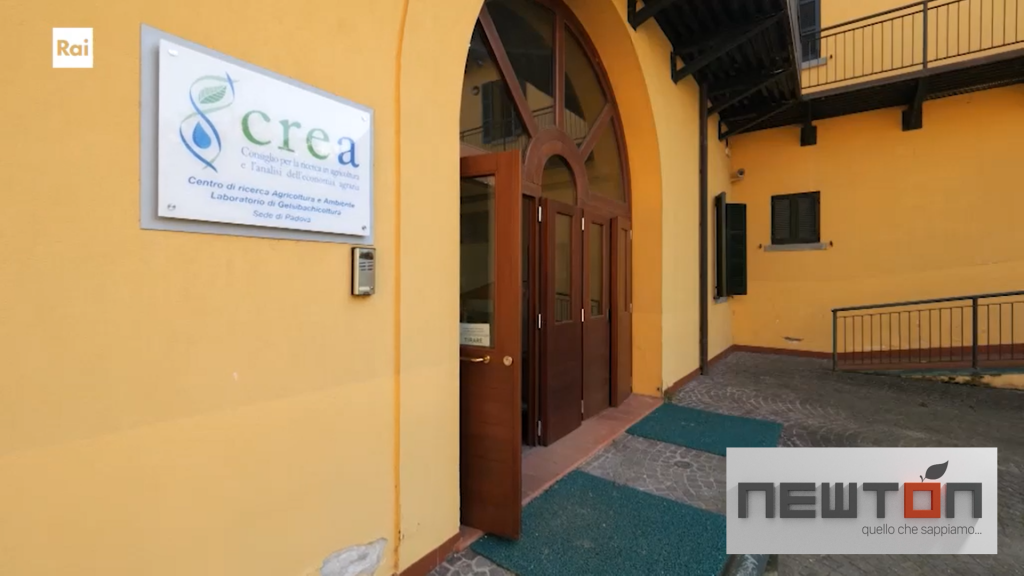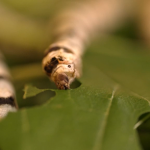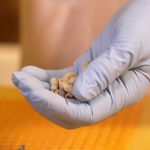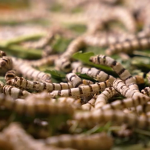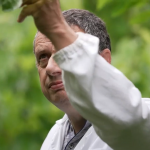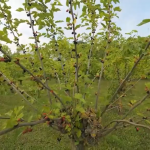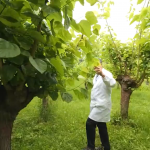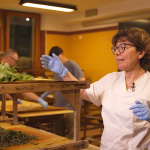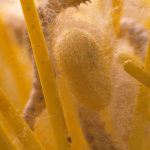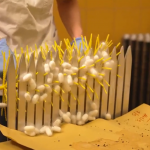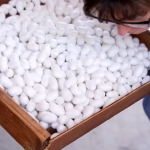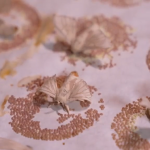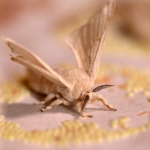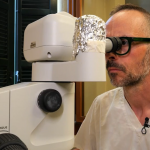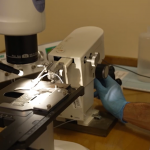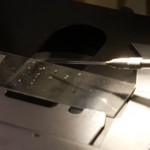Recently, the Italian program Newton, available on RaiPlay, dedicated an entire episode titled “Cosa tramano i tessuti?” (What are Fabrics Plotting?) to the world of textiles. This episode takes viewers on an extensive journey, exploring the history of textiles—a material that has always served as a second skin for humans. It highlights the development of natural fabrics, emphasizing their superior qualities and sustainability compared to artificial ones, which are increasingly problematic due to the pollution caused by the fashion industry.
The richness of natural textiles often stems from complex and essential processes of creation and processing, passed down through centuries. These processes frequently embody the very essence of each type of fabric. An excellent example is silk, to which the episode dedicates a significant portion – visible at minute 41:45 – showcasing the work of CREA in Padua, an Italian centre of excellence in sericulture and mulberry cultivation. CREA in Padua has developed a unique genetic bank, preserving around 200 strains of Italian and European silkworms, which complete their entire rearing cycle there. Through its activities, CREA has a significant impact on the sericulture sector in Italy, helping it remain competitive globally by introducing innovations and technologies that aid silkworm rearers in improving silk quality, reducing costs, and adopting more sustainable practices. This effort preserves a historical tradition while promoting a more sustainable and innovative agricultural production model.
CREA is bringing all these innovations and expertise to the European project ARACNE, designed to revitalize silk production by creating a resilient and innovative European ecosystem.
The journey into CREA’s mulberry-sericulture laboratories begins with Dr. Gianni Fila, who guides us through CREA’s mulberry experimental field, the most important collection in Italy and one of the most significant in Europe. This precious heritage includes over 60 varieties of mulberries, many of which are historical Italian varieties, alongside Japanese ones— being Asia the mulberry’s regions of origin. This wealth is made available to farmers and industry professionals to revive sericulture in Italy.
Then the episode shows the harvesting of mulberry leaves, which are then cut to the right size by a patented machine before being fed to the larvae at their juvenile instars. Dr. Silvia Cappellozza guides us through the intricate and fascinating process of sericulture: from the life cycle of the larvae to their placement in the spinning frames where the cocoons will be formed, from cocoon harvesting to moth emergence and eggs laying, followed by the analysis on the mother moths to ascertain egg health.
Finally, Dr. Alessio Saviane, tells us how, about a decade ago, aiming to produce a fibre with natural antibacterial properties, CREA acquired a technology from Japan to modify the silkworm genome. This acquisition opened new research opportunities, especially in recent years, focusing on the silkworm’s immune system.
These contributions highlight the complexity and richness of sericulture, a unique art capable of generating precious proteins used not only in fashion but also in medicine.
The program is in Italian, but we still encourage you to watch it to delve deeper into the topics described here. The quality and beauty of the images and footage provide an immersive experience into a unique reality, waiting to be discovered and preserved.
